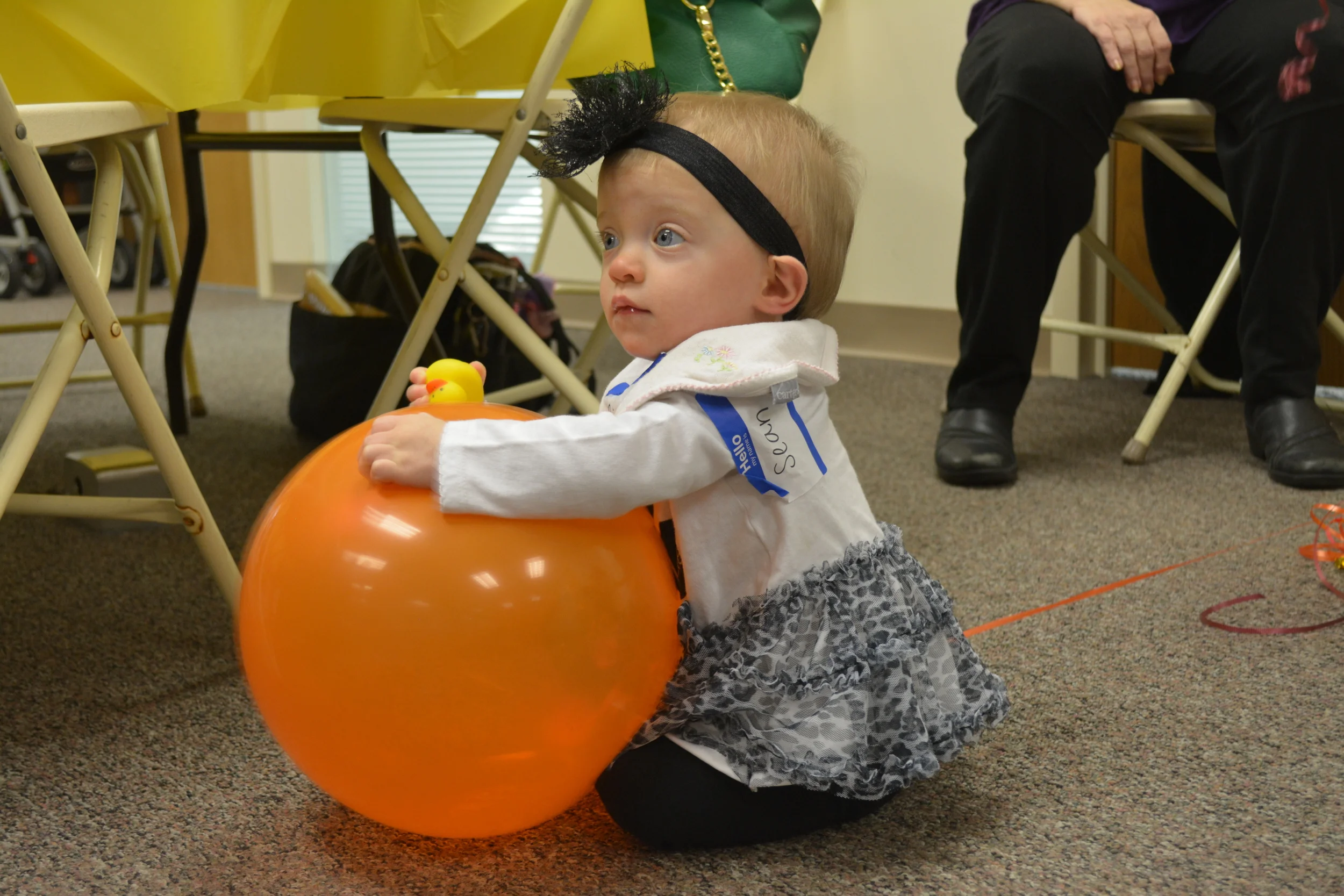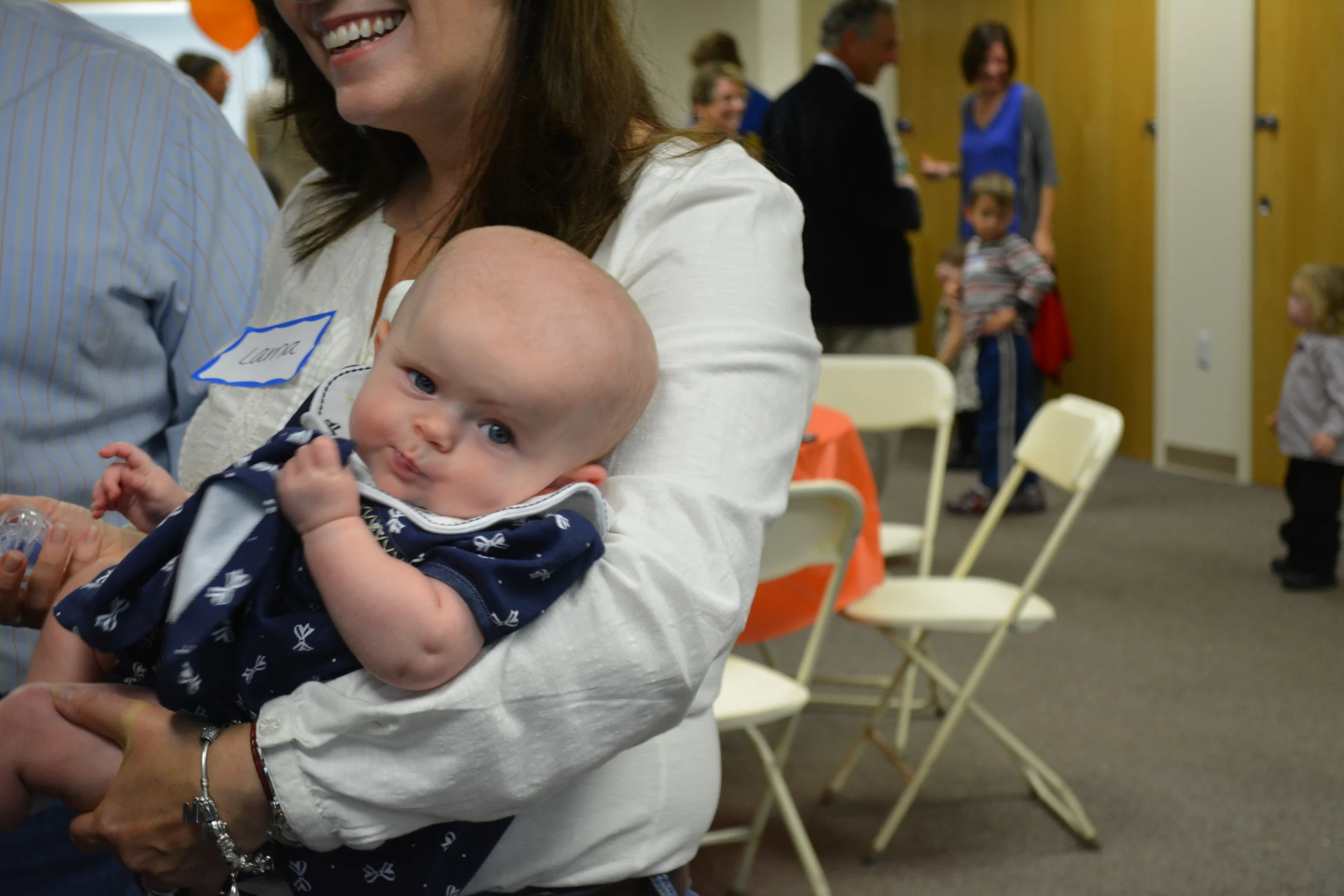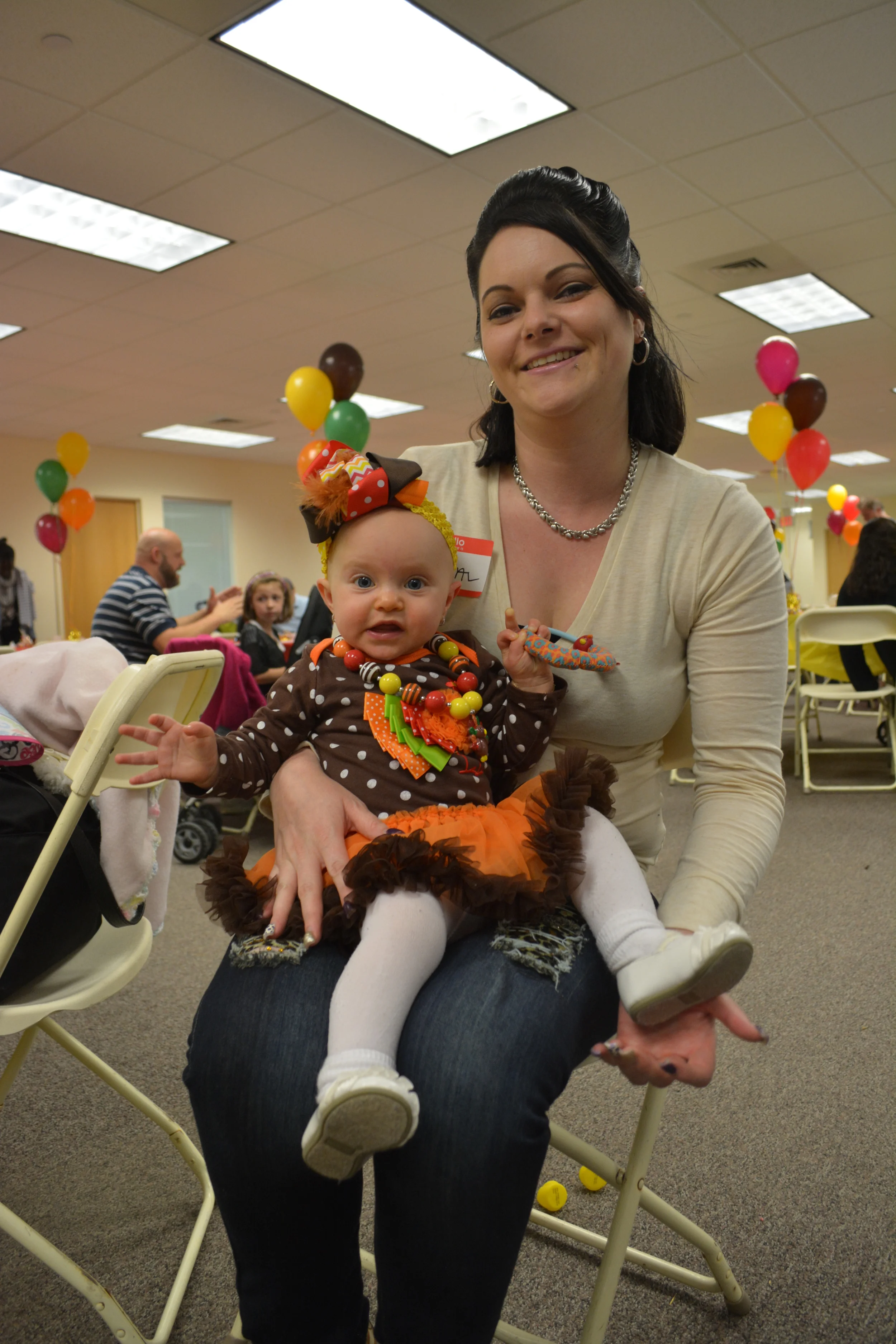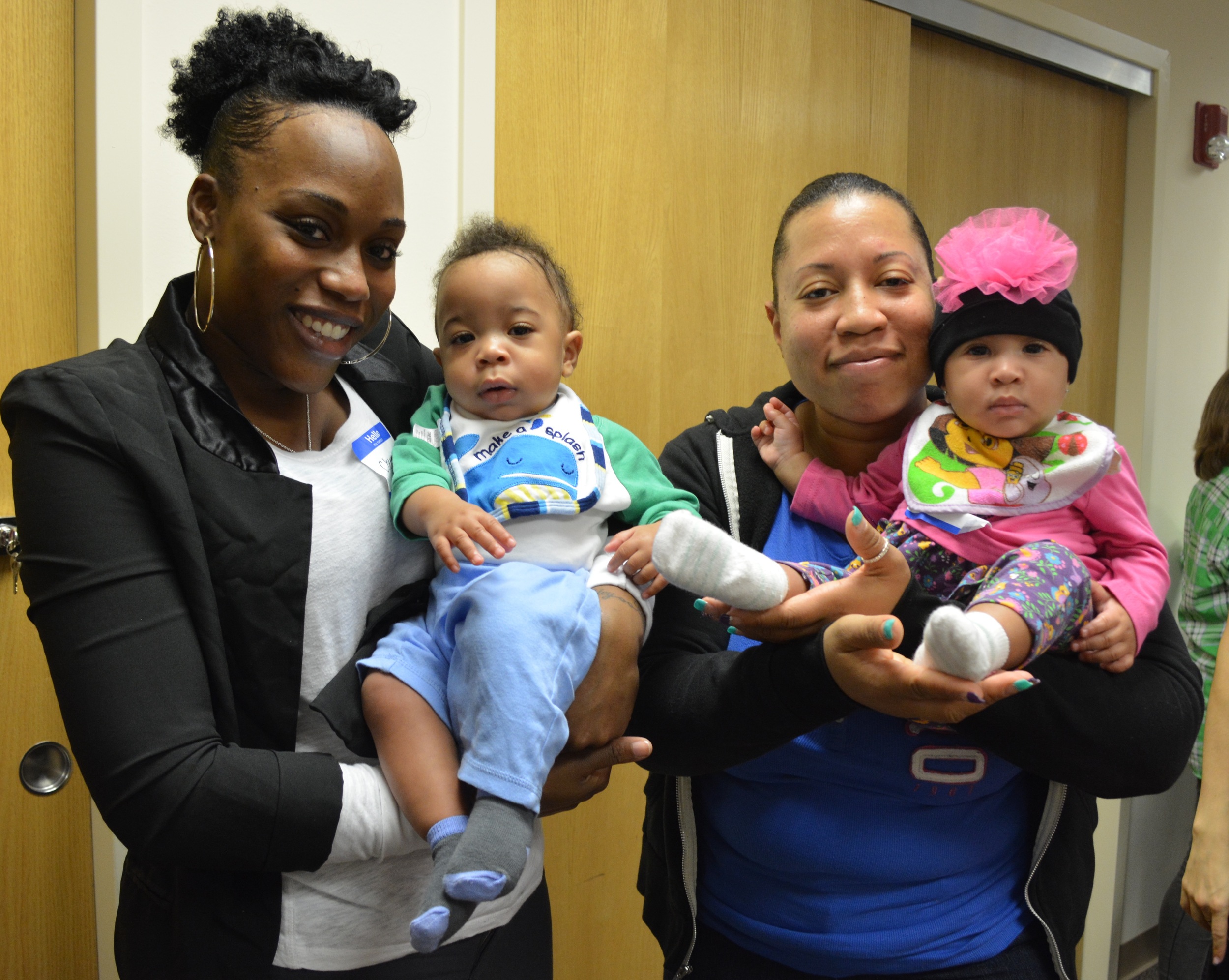Advances In Technology Add To ‘In Vitro’ Expenses
/On a recent November afternoon, babies in feathered headbands and sweater vests arrived at Melville’s Long Island IVF via the arms of their proud parents – the 2014 edition of IVF’s annual gathering for parents whose months-old children were born of the organization’s fertility programs.
Tiny beings with baby-fine hair, sucking on rubber ducks and playing with balloons almost as large as they are, these babies are “miracles,” parents say. But this sort of miracle does not come cheap.
On average, for a patient paying out of pocket, an in vitro fertilization cycle costs between $10,000 and $15,000 – a benchmark price that includes professional services, medications and anesthesia.
“Patients of course come to us having a predisposition that treatment is going to be expensive, so they are very anxious about that,” said Long Island IVF Executive Director Jane Tibaldi. “They do know coming in that it’s going to be significant and for some it does deter them because they just don’t have the type of funding [necessary].”
The room full of babies and their parents was full, also, of wide smiles and wide eyes.
“Everybody should have hope because miracles do happen,” said Medford’s Crystal Nevins, whose daughter Alexa Melia Nevins – “my miracle baby” – is 7 months old.
Bayville resident Melissa Sheehan attends the annual event every year, having had her first child with the help of IVF at 34 years old.
“I wanted a family, and I wasn’t sure it would happen,” Sheehan said.
Her daughter, Angelica, will turn 8 years old in December; her son, Timothy, is 4 years old.
Kristen Morgenegg, who attended the event with her husband, Sean, and one-year-old twin daughters, Abigail and Piper, expressed a similar sentiment.
“No matter what, you can become a family,” said Morgenegg, of Selden.
From a financial standpoint, the Morgeneggs were “extremely lucky,” Kristen Morgenegg said – their insurance covered the treatment, so the cost to them was only a few hundred dollars for medication.
“If it wasn’t for the insurance we wouldn’t have been able to go through that process,” she said.
She and her husband probably would have “looked at all options” to find a way to pay for the treatment, she said, but they did not have to.
By Tibaldi’s estimation, 60 percent of the practice’s patients have IVF benefit coverage; but the percentage of patients with overall infertility coverage, which covers various aspects of treatment but not all aspects, is higher.
The practice, which has a total of seven doctors and six locations across the island, does what it can to help patients explore both clinical and financial options, Tibaldi said.
On the clinical side, there is the mini or micro IVF treatment – an approximately $5,000 treatment that involves less medication and fewer monitoring visits, which translates to both lower cost and a lower success rate.
On the monetary side, financial counselors help patients to determine which treatments their insurance will cover. Some insurance plans cover only the lower-level services, Tibaldi said, like consultations, sonograms and blood work. Often, she said, there is a cap on insurance coverage. Sometimes, a quantitative cap allows for a certain number of IVF cycles; sometimes the quantitative cap allows for treatments up to a certain dollar amount.
“Couples can run through those cap benefits pretty quickly,” Tibaldi said. “Most of our work, though, really is centered on doing what we can for the patients within our practice so that if they have financial limits, we help them to find ways of financing it through the practice itself.”
The practice has its own grants, she said, which patients can apply for, and patients can also receive money through a New York State award.
But despite the financial setback, Tibaldi said, many patients come in willing to do whatever it takes to get pregnant.
Most, she noted, hope that they will not have to go through the full IVF treatment to get pregnant.
The costs involved in the full treatment include several components. Tibaldi estimated that medication is about one-third of the cost, with the remaining two-thirds consisting of laboratory services – work that is done in the laboratory to identify the egg, inseminate the egg, monitor growing embryos and continue to actively culture them, extract the egg to transfer embryos back into the person; and professional services – including counseling patients regarding medications, how they take their injections, and monitoring with ultrasound.
On the day of the retrieval of the eggs, which comes about two weeks after stimulation, the patient will also pay an anesthesia charge.
Over the past decade, the cost of an IVF cycle has remained relatively constant, Tibaldi said, but the total price tag has changed.
As new technology entered the field, so has the possibility of increased testing at additional cost.
Today, those who have familial history of genetic diseases like cystic fibrosis and Huntington’s disease can ask for testing of a one-cell biopsy of the embryo to find any chromosomal abnormalities or genetic diseases that would be in the DNA.
“We take a one-cell biopsy from each of the embryos that are growing in the laboratory for the couple, and then send that out to an outside lab,” said Tibaldi. “And there’s a price tag for that.”
Check out our full gallery of adorable babies from the event below!
















